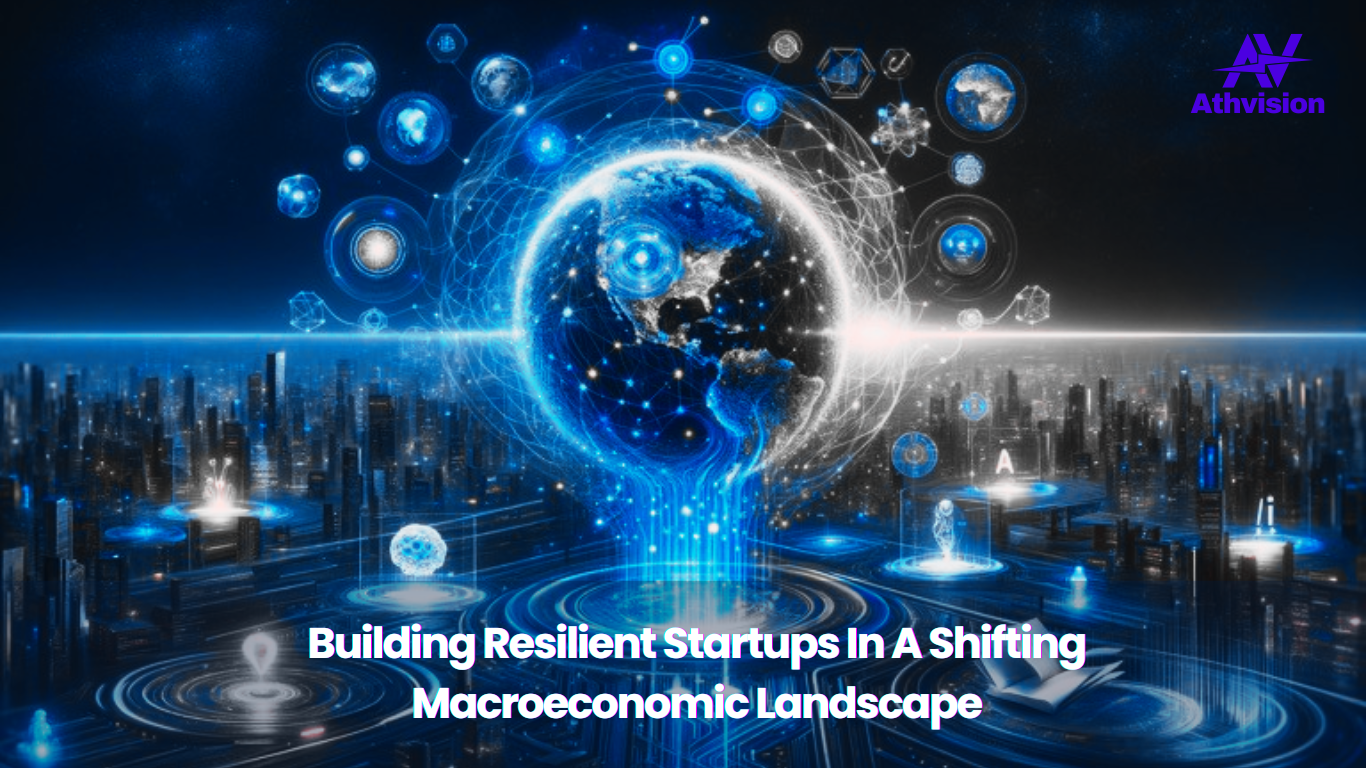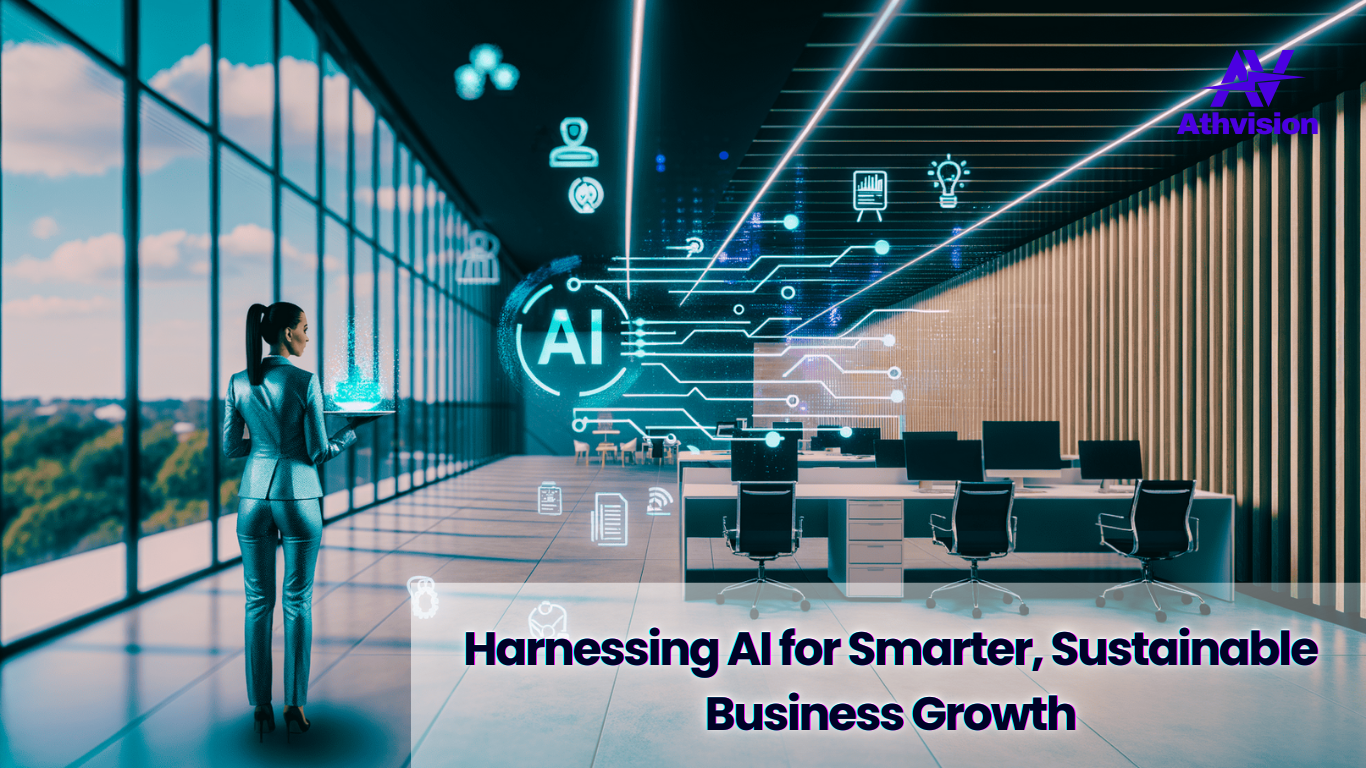For decades, entrepreneurship was seen as a field defined primarily by vision, grit, and execution. Founders who could articulate a bold idea, rally a team, and win over investors often found themselves on a relatively predictable path. But the macroeconomic landscape has changed. Inflationary pressures, rising interest rates, shifting global supply chains, and geopolitical tensions have redefined how startups are launched, funded, and scaled.
Macroeconomics is no longer background noise—it’s the main stage. The venture ecosystem, once buoyed by low interest rates and abundant liquidity, is adjusting to a reality where capital is more selective, consumers more cautious, and global systems more fragile. For new ventures, survival and growth increasingly depend not just on product-market fit but on “macro-market fit”—the ability to adapt to and align with broad economic forces.
This article explores the major macroeconomic trends reshaping entrepreneurship today. From the end of easy money to the rise of AI and climate-driven innovation, these forces will define not only which startups thrive but also what kind of companies the future will produce.
1. Inflation & Higher Interest Rates: The End of Easy Capital
For over a decade, startups thrived in an era of cheap money. Venture capital flowed freely, valuations skyrocketed, and “growth at all costs” was the prevailing mantra. That era is over. Central banks, battling persistent inflation, have raised interest rates, making borrowing more expensive and tightening liquidity across global markets.
This shift has redrawn the funding landscape in three key ways:
- Capital efficiency is king. Investors now expect clear profitability pathways, not just user growth. Unit economics and cash flow discipline matter more than ever.
- Valuations are being reset. The inflated numbers of the zero-interest era are giving way to sustainable benchmarks. Companies that were once “unicorns” are facing down rounds or consolidation.
- Fundraising cycles are longer. Founders must be prepared for more pitches, more scrutiny, and more patience before securing capital.
In short, founders can no longer rely on cheap, abundant venture money to float experimental growth. Instead, disciplined execution and financial prudence are becoming the new standard.
2. Supply Chain Resilience: From Just-in-Time to Just-in-Case
The COVID-19 pandemic and subsequent geopolitical tensions exposed just how fragile the global supply chain system truly is. Once hailed for its efficiency, the “just-in-time” model, where businesses kept minimal inventory and relied on global logistics to deliver materials on demand, was revealed to be vulnerable to even small disruptions. The resulting shortages in semiconductors, raw materials, medical supplies, and shipping bottlenecks rippled through industries, causing massive delays and escalating costs.
For startups, which often operate on thin margins and depend on reliable access to inputs, these disruptions can be existential threats. The lesson has been clear: supply chain resilience is no longer a luxury but a necessity. Unlike large corporations that can absorb shocks, young ventures must design robustness into their operations from the beginning.
Startups today are rethinking how they source, produce, and deliver goods and services by considering several key strategies:
- Diversification of suppliers. Depending on a single supplier or country creates unnecessary risk. Startups that spread sourcing across multiple regions, even if slightly more expensive, gain long-term stability. A diversified supply chain ensures that disruptions in one geography don’t paralyze operations.
- Vertical integration where feasible. While challenging for resource-constrained startups, partial vertical integration (such as controlling critical parts of the production process or distribution channels) can reduce exposure to third-party failures. This doesn’t always mean full ownership, it could mean strategic partnerships or co-manufacturing agreements that provide more control.
- Adoption of digital supply chain tools. Technologies such as blockchain are being deployed to improve transparency and traceability, while AI-driven demand forecasting helps startups anticipate and adjust to potential bottlenecks before they escalate. These tools, once reserved for large corporations, are increasingly affordable and accessible to early ventures.
- Regionalization and nearshoring. Many startups are shifting from globalized supply chains toward more regional networks, bringing production closer to primary markets. This reduces geopolitical risks, lowers transport costs, and improves responsiveness to customer demand.
This shift toward resilience inevitably comes with higher upfront costs, more suppliers, backup systems, and inventory buffers can strain early budgets. However, these investments often pay off in the form of reliability, stronger customer trust, and improved investor confidence. In fact, for startups competing against larger but less agile players, the ability to guarantee steady supply during disruptions can become a powerful differentiator.
In the emerging economy, where shocks are expected rather than exceptional, startups that build supply chains not just for efficiency but for resilience will find themselves positioned not only to survive crises but to seize opportunities while others stumble.
3. The AI Revolution: Productivity, Disruption, and New Venture Models
Artificial Intelligence has moved from hype to reality, reshaping industries at unprecedented speed. For startups, AI represents both an opportunity and a threat, capable of unlocking efficiency, enabling new business models, but also intensifying competition.
- Productivity boost. AI tools are allowing startups to automate tasks that once required large teams, everything from customer support and marketing analytics to coding and product design. This enables leaner operations, faster iteration cycles, and lower costs, giving young ventures an edge in resource efficiency.
- New business models. Entire categories of startups are emerging around AI, from generative platforms and AI-driven SaaS solutions to industry-specific automation tools in healthcare, finance, and logistics. Even in a tighter funding climate, AI-driven ventures remain highly attractive to investors because they often promise both scalability and defensibility when paired with proprietary technology or datasets.
- Competitive disruption. Yet the same tools available to startups are also within reach of incumbents, who can deploy them just as quickly at scale. This reality compresses the traditional “first-mover advantage” and raises the bar for differentiation. Simply adding AI features is no longer enough; ventures must embed AI in ways that are core to their value proposition.
The key lies in differentiation through depth. Startups that combine AI with unique domain expertise, specialized use cases, or exclusive datasets can carve out defensible positions. By contrast, shallow, hype-driven AI plays, those that merely repackage existing tools, risk rapid obsolescence as competition floods the space.
For founders, the AI revolution is not just about adopting tools, but about reimagining what their business can become in an AI-driven world. The winners will be those who use AI not as a shortcut, but as a foundation for building smarter, more resilient, and genuinely transformative ventures.
4.Changing Consumer Behavior: From Ownership to Access
Macroeconomic uncertainty, combined with generational shifts, has transformed how consumers view products and services. Rising costs of living make affordability critical, while digital-native younger generations increasingly prioritize convenience, flexibility, and alignment with their values.
- From ownership to access. Subscription models, rentals, and “as-a-service” offerings are rapidly replacing traditional ownership across industries, from cars and fashion to software and entertainment. For consumers, this reduces upfront costs and offers greater flexibility; for startups, it creates recurring revenue streams and stronger customer retention.
- Ethics and sustainability as drivers of loyalty. Today’s consumers, especially Millennials and Gen Z, care deeply about the environmental and social impact of their purchases. They reward brands that demonstrate transparency, sustainability, and authentic mission-driven practices, while punishing those that fail to live up to these standards.
- Experiences over possessions. Younger generations place higher value on experiences, such as travel, digital communities, and immersive entertainment, over material goods. This has spurred growth in sectors like experiential retail, the creator economy, and metaverse-style engagement platforms.
For startups, these shifts present both challenges and opportunities. Ventures that cling to outdated ownership models may struggle, while those that innovate around access, affordability, and purpose-driven branding will resonate most strongly. The winners will be companies that not only meet functional needs but also reflect the values and aspirations of their customers.
5.Geopolitical Fragmentation: The Era of Multipolar Markets
Globalization once promised smooth entry into new markets and limitless scalability. Today, however, rising protectionism, trade wars, and geopolitical rivalries have complicated that vision. Startups no longer face a single global marketplace but instead must contend with a patchwork of competing systems.
- Regulatory divergence. Policies now vary widely by region, with rules around privacy, data use, and trade differing across the U.S., EU, and Asia. What earns approval in one jurisdiction might face steep compliance hurdles in another.
- Fragmented digital ecosystems. Data localization requirements, cybersecurity mandates, and “splinternet” dynamics are making it harder for startups to scale digital products across borders seamlessly.
- Regional opportunities. Instead of pursuing a one-size-fits-all global strategy, ventures must craft tailored approaches for North America, Europe, and Asia, sometimes even within subregions. This shift requires flexibility but also opens room for localized innovation.
While the fragmentation poses obstacles, it can also be an advantage. Startups that adapt quickly and localize effectively can establish strong footholds in specific regions, often before larger incumbents manage to pivot. In this sense, geopolitics is no longer just a barrier; it can also become a competitive wedge for agile ventures.
6. Climate Imperatives & The Green Economy
The climate crisis has shifted from a background concern to a defining market force, shaping how capital flows, how consumers buy, and how governments regulate. Sustainability is no longer just a corporate responsibility, it’s a competitive necessity.
For new ventures, climate-linked opportunities are vast:
- Clean energy and decarbonization technologies are driving innovation in everything from renewable power to carbon capture.
- Circular economy business models, reuse, recycling, and repair, are gaining traction as consumers and regulators push back against waste.
- Climate adaptation tools, such as water efficiency solutions, resilient infrastructure, and agri-tech, are increasingly critical in vulnerable regions.
The risks of ignoring sustainability are just as clear. Startups that fail to integrate climate considerations may face regulatory penalties, lose investor backing, or struggle with consumer trust. On the flip side, ventures that authentically align with the green economy can unlock funding, win loyalty, and future-proof their business models.
Sustainability is no longer a differentiator, it’s becoming the baseline expectation. The real winners will be those who turn climate imperatives into engines of innovation and growth.
7. Digital Finance & Tokenization
Another powerful macro trend reshaping the future of ventures is the rise of digital finance. While crypto markets remain volatile, the underlying infrastructure, blockchain, tokenization, and decentralized finance (DeFi), is steadily moving into the mainstream and influencing how businesses raise capital, manage assets, and serve customers.
For startups, the implications are significant:
- New funding pathways are emerging, from tokenized equity and fractional ownership models to decentralized crowdfunding platforms, allowing founders to access global pools of capital beyond traditional venture channels.
- Financial inclusion is expanding, especially in emerging markets where traditional banking is limited. Startups that leverage blockchain-based payment systems or stablecoins can provide low-cost, borderless financial services to underserved communities.
- Regulatory scrutiny is intensifying, with governments worldwide introducing clearer frameworks for digital assets. This creates both a hurdle and an opportunity: ventures that can innovate while remaining compliant will stand out in an environment where trust and transparency are increasingly valued.
Ultimately, the convergence of finance and technology is redefining the playing field. Startups that position themselves at the intersection of digital innovation and regulatory legitimacy will not only capture new opportunities but also build credibility in a sector that has often struggled with skepticism. For entrepreneurs, tokenization isn’t just a buzzword, it’s a structural shift in how value is created, shared, and scaled.
8. Labor Market Transformation: Remote, Hybrid, and Beyond
Work has undergone one of the most profound shifts in decades. Remote and hybrid models, once considered temporary solutions during the pandemic, have now become structural features of the global economy. At the same time, AI and automation are redefining labor demand, reshaping the skills that companies need and the ways teams are organized. For startups, this dual transformation presents both challenges and opportunities.
- Global talent access has never been easier. Early ventures can tap into diverse skills and expertise from anywhere in the world, often at more competitive costs than local hiring alone. This levels the playing field, enabling startups to compete for talent against larger corporations.
- Culture and cohesion at a distance demand greater intentionality. Startups must design deliberate practices, regular check-ins, digital collaboration rituals, and strong communication norms, to foster trust and prevent isolation in distributed teams.
- Worker expectations are shifting. Flexibility, purpose, and work-life balance are no longer perks but core requirements. Younger generations, in particular, seek employers who align with their values and offer meaningful missions beyond financial success.
For new ventures, success in this evolving labor landscape will depend on agility. Startups that integrate flexibility with strong cultural identity will attract top talent and retain it, even as competition intensifies. The future of work is not simply remote or hybrid, it is values-driven, borderless, and deeply intertwined with technological change.
Conclusion: Macroeconomics as the New Moat
In the past, macroeconomics felt like something far removed from early-stage startups, an issue for Wall Street analysts, not founders. That has changed. Today, forces like inflation, rising interest rates, supply chain fragility, AI disruption, climate pressures, and shifting consumer behavior directly shape how ventures raise capital, operate, and compete. Startups can no longer afford to ignore these dynamics; they must build strategies that are resilient to shocks and aligned with global shifts. Macroeconomics has effectively become the new competitive moat.
The winners of this new era will be founders who embrace discipline, adaptability, and foresight. Instead of chasing unchecked growth, they’ll focus on sustainable business models. Instead of reacting to trends, they’ll anticipate them. And instead of treating external forces as threats, they’ll leverage them as opportunities to differentiate. The era of easy capital may be over, but what replaces it is a landscape full of potential for ventures that align with macroeconomic realities. Those who master this balance won’t just build startups, they’ll build companies that last.





